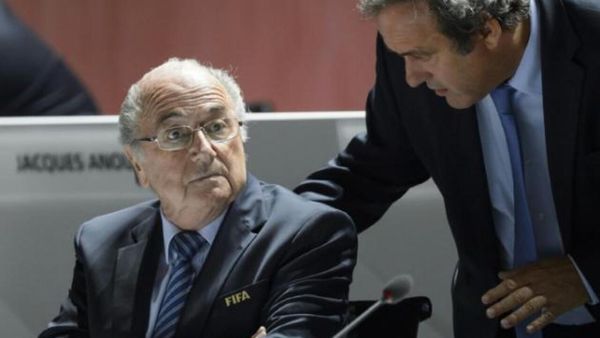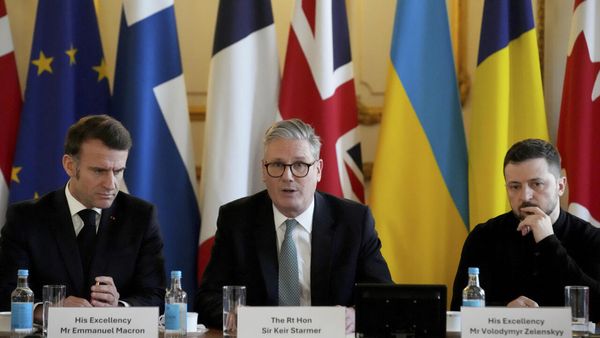
If you're like the many millions of Americans who purchase candy every year for your Valentine (or for yourself; no judgment), you may want to take a second look at your receipt this year.
That's because candy in 2023 is expected to be considerably more expensive than it was in 2022. Worse, consumers probably won't be paying more for more sweets. Take a close look inside the bag or package you're bringing home, and you might just find it's smaller than it was in years past.
DON'T MISS: Shrinkflation: These Brands Are Giving You Less for Your Money
Candy Is Getting More Expensive
You may have heard the term "shrinkflation." It's essentially when brands reduce their products in size and/or quality without reducing the price, in an effort to cut costs and shore up revenue. It's been spotted across supermarkets and big-box stores for months; eagle-eyed consumers have posted thousands of tweets accusing some big brands of the shifty practice.
Another sneaky practice is "slack-fill," which the Food and Drug Administration defines as "the difference between the actual capacity of a container and the volume of product contained therein." In other words, paying for a whole lot of air and not much else.
And slack-fill is precisely what many some consumers anticipate they'll find in this year's Valentine's Day candy selections.
Valentine's Day Candy Estimate: $14.82B
Regardless of whichever clever marketing scheme candies may or may not be using, one thing is clear: Sweets are more expensive this year.
"In fact, this year, consumers are expected to spend close to $26 billion on Valentine’s Day gifts, with 57% of people purchasing candy specifically, according to the National Retail Federation," writes Grid. By that estimate, 57% comes to $14.82 billion.
"And per reporting from the Washington Post, Valentine’s Day candy prices have increased 9.4% from a year ago, and dollar sales increased around 4.3% from last year, but, as the Washington Post notes, 'volume sales are down about 4.7%, which means candy is more expensive and consumers are purchasing less of it.'"
It's worth noting that egregiously mismarked, empty, or misleading products are illegal in the U.S.
"Under federal law, most packages are not allowed to have unnecessary or nonfunctional empty space," The Washington Post reports.
"To test for slack-fill, regulators measure the capacity of the package and compare it to the volume of product it actually contains. Then they determine whether the empty space is necessary for protecting the product — like the air cushion at the top of a half-full bag of potato chips, for instance — or serving other functions."
For what it's worth, chocolate makers Ghirardelli and Russell Stover (both owned by Lindt & Sprüngli) were fined $750,000 in 2019 after California prosecutors accused the companies of selling candies in "oversized containers" that were "predominantly empty."
In other words, wise buyers might want to take a look at their boxes of chocolates before buying them. You never know what you're gonna get.







